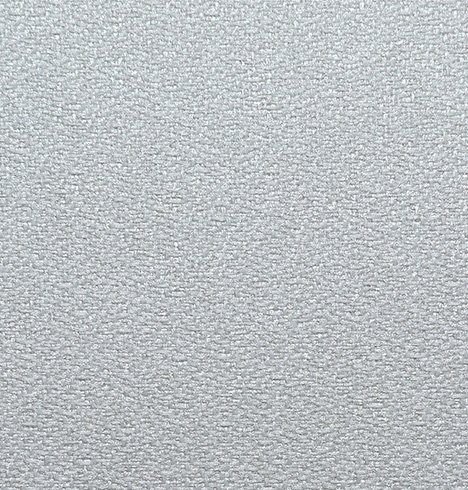Consumers' decisions between blackout, semi-opaque, and sheer roller shade fabrics are influenced by several key factors that align with their specific needs, preferences, and the intended application.
Light Control
Blackout Fabric:
Completely blocks light, creating a dark environment ideal for bedrooms, media rooms, or nurseries.
Consumers prioritize light control for better sleep quality, reduced glare, or enhanced screen visibility.
Semi-Opaque Fabric:
Diffuses light while maintaining privacy, striking a balance between brightness and seclusion.
Preferred in living rooms, kitchens, or offices where some natural light is desired without compromising privacy.
Sheer Fabric:
Allows maximum natural light while softening its intensity, enhancing a bright and open feel.
Popular in spaces like dining rooms or areas with scenic outdoor views.
Privacy Needs
Blackout Fabric:
Offers total privacy, ensuring no visibility from outside, making it suitable for urban or ground-floor settings.
Semi-Opaque Fabric:
Provides moderate privacy by obscuring shapes and movements while allowing some light penetration.
Sheer Fabric:
Minimal privacy, ideal for areas with no direct exposure to outside observation, like high-rise apartments or secluded homes.
Room Function and Purpose
Blackout Fabric:
Essential for functional spaces requiring darkness, such as home theaters or bedrooms for shift workers.
Semi-Opaque Fabric:
Suits multifunctional rooms where a balance of privacy and light is needed, such as home offices or lounges.
Sheer Fabric:
Adds an airy, decorative touch to less private spaces like sunrooms or hallways.
Energy Efficiency
Blackout Fabric:
Provides insulation by blocking heat transfer, reducing energy costs in both summer and winter.
Semi-Opaque Fabric:
Offers moderate insulation and light control, helping maintain a comfortable room temperature.
Sheer Fabric:
Allows solar heat to enter, useful in colder climates or seasons but less energy-efficient in warm weather.

Aesthetic Preferences
Blackout Fabric:
Often chosen for its sleek and minimalist look, complementing modern and industrial designs.
Semi-Opaque Fabric:
Provides a soft and versatile appearance, blending with traditional or contemporary interiors.
Sheer Fabric:
Creates an elegant, light-filled ambiance, aligning with coastal, Scandinavian, or minimalist styles.
Budget Considerations
Blackout Fabric:
May cost more due to additional layers or specialized coatings for total light blockage.
Semi-Opaque Fabric:
Offers a middle-ground option, balancing functionality and cost-effectiveness.
Sheer Fabric:
Often more affordable and suitable for decorative purposes, depending on material quality.
Maintenance and Durability
Blackout Fabric:
Typically heavier and may require more effort to clean but offers high durability.
Semi-Opaque Fabric:
Easier to maintain, with balanced durability and lightweight design.
Sheer Fabric:
Lightweight and easy to clean but may be less durable over time.
Personal and Environmental Factors
Climate:
Blackout fabrics are ideal in hot climates to reduce heat gain, while sheer fabrics suit cooler climates for maximum sunlight.
Lifestyle:
Shift workers or parents of young children often favor blackout options for better rest.
Sustainability:
Eco-conscious consumers may prefer semi-opaque or sheer options if they are made from sustainable materials.
The choice between blackout, semi-opaque, and sheer roller shade fabrics hinges on factors like light control, privacy, room function, aesthetics, and budget. Understanding these preferences allows consumers to select the fabric that best aligns with their practical needs and personal style.

 中文简体
中文简体 英语
英语 西班牙语
西班牙语







